How Tesla developed the in-car audio system for the Model S saloon
We went to Germany to meet the engineering team behind the in-car audio systems for the Tesla Model S.
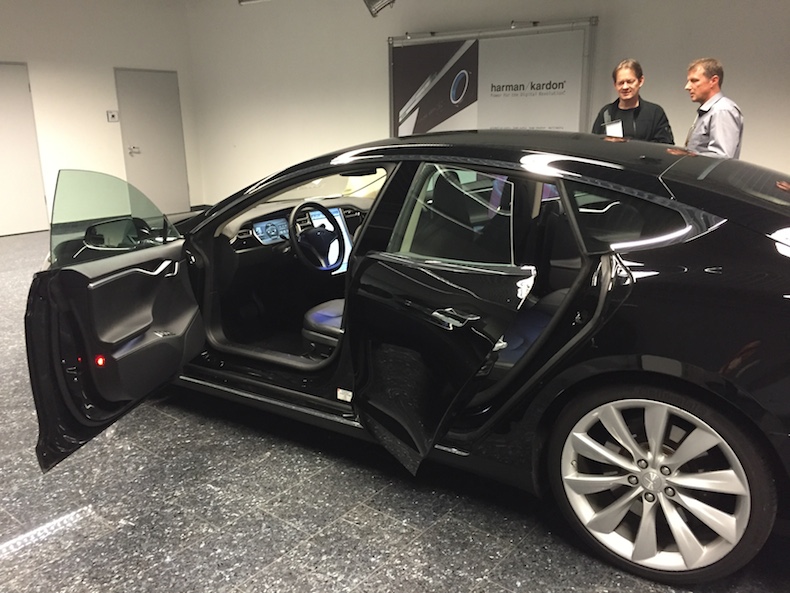
You've probably never heard of s1nn, an audio engineering company based in Stuttgart. It's part of the giant Harman International group and was founded in 2004 by three former Bose employees and one from Harman. It was initially set up to develop unbranded in-car audio systems for car manufacturers, and has since branched out into telematics and connectivity systems as well as audio.
Flextronics invested in the company in 2006 to become its manufacturing partner, and this year s1nn officially became part of Harman, a $5.9bn consumer electronics company which owns well-known hi-fi brands such as Harman Kardon, JBL, Infinity, Lexicon, Mark Levinson and AKG. Today, its clients include Tesla, Bentley, Seat, Skoda, VW, Audi and Porsche. If you are lucky enough to own a Porsche 918, the navigation/audio/phone system in that (the first HTML5 automotive head unit) was developed by s1nn.
But it's Tesla who has invited us to Stuttgart on this occasion to meet the team behind the standard and premium audio systems developed for its all-electric Model S saloon.
Led by Michael Fabry, engineering manager for acoustic and audio systems, and Arndt Hensgens, chief engineer for advanced system research, s1nn was involved in the development of the Model S right from the beginning. That means it had access to what is known in the automotive industry as the 'body-in-white', the basic design and structure of the car before it was signed off for production.
MORE: Apple CarPlay - everything you need to know
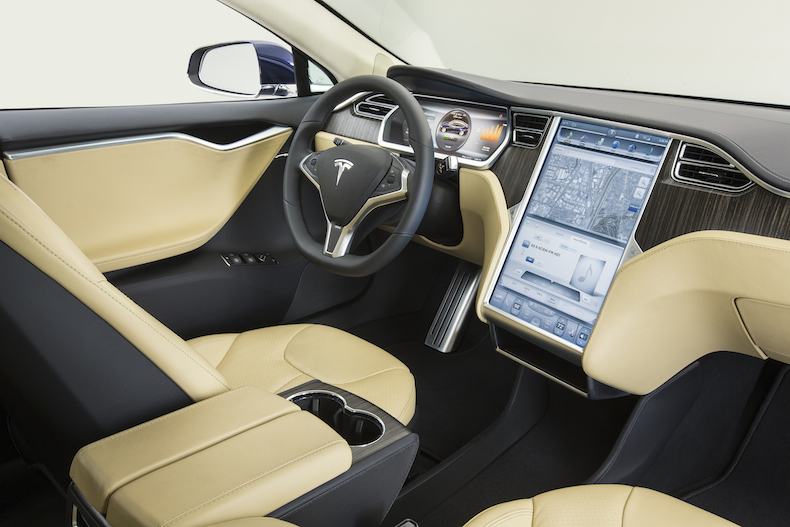
So how did s1nn land the Tesla job in the first place? "We'd worked with VW developing in-car iPod connectivity for them," explains Fabry, "and they have a research lab in Silicon Valley, California.
"One of the VW guys moved to Tesla and approached us. It was relatively high risk to work with Tesla at that stage as it was a new company and they couldn't necessarily guarantee big sales of their cars. We needn't have worried. Last year we sold 40,000 audio systems to Tesla, both the standard and premium ones.
Get the What Hi-Fi? Newsletter
The latest hi-fi, home cinema and tech news, reviews, buying advice and deals, direct to your inbox.
"Being involved in the Model S project from the start was a huge benefit," says Fabry, "because there were no 'no go' areas and we could work with Tesla on every aspect of the design." That included determining how thick the sheet metal should be in the doors to prevent any unwanted resonances created by the speakers, and making sure all components within the doors (such as electrical cabling and insulation) were securely fastened to prevent any extraneous noises or rattles entering the cabin.

Interestingly, Tesla wanted the audio systems to be non-branded. Other car makers have teamed up with well-known audio companies such as Bose, Bang & Olufsen (Aston Martin/Audi), Burmester (Porsche/Mercedes), Mark Levinson (Lexus), Meridian (Jaguar Land Rover), Naim (Bentley), Bowers & Wilkins (Jaguar/Maserati) and Dynaudio (VW) and their logos are plastered all over the speakers and electronics.
MORE: Range Rover Sport Meridian system review
Tesla decided to take a different approach. It was happy to buy in the audio expertise to develop the in-car music systems for the Model S, but they are sold to customers as a standard or premium Tesla system with no mention of s1nn or Harman. The premium set-up is a £2100 option, and here's what you get for the extra outlay:
• A 'daughterboard' as part of the Tesla head unit with seven amplifier channels developing 240W power output (5x40W for the 8cm midrange speakers, 2x20W for the 3cm tweeters).
• An additional 'booster' amplifier with five amplifier channels delivering 320W (2x80W for the 20cm woofers in the front doors, 1x80W for the 25 litre subwoofer in the boot and 2x40W for the surround 16cm speakers in the back).
• That's a total of 12 channels of amplification delivering 560W maximum power.
The more basic standard audio system does without the left and right midrange speakers in the top of the dashboard, the 25 litre subwoofer, the rear surround speakers, the additional booster amplifier and the woofers in the front doors are replaced with 16.5cm speakers. Both systems include DAB radio as standard.
MORE: Bang & Olufsen BeoSound Aston Martin Vanquish
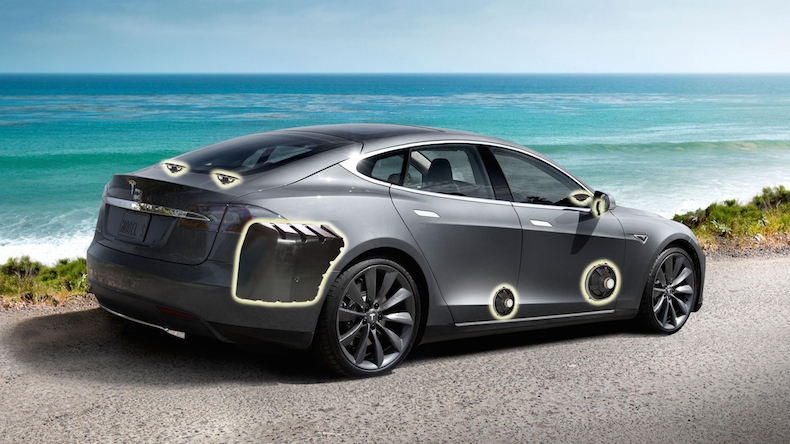
Control is via the gigantic touchscreen in the middle of the dashboard, which is bigger than an iPad. But there is one anomaly: there is no CD or DVD drive, so you can only listen to music streamed via Bluetooth from a smartphone or via the two USB ports located under the front armrest. Even more strangely, the USB ports don't allow you to play back music directly from your phone, they can be used only for charging. If you want to play music via USB you will have to load music files onto a USB stick.
That's how the system was demonstrated to us. Fabry had pre-loaded a selection of 16-bit/44.1kHz CD-quality WAV music files onto a USB stick for us to listen to.
"Tesla asked us to make the system loud, which is one of the reasons we used a larger 3cm tweeter," says Fabry. "They also wanted some sound from the rear of the cabin as well as the front. Americans like their sound quite 'soupy'. Personally, we would have preferred even more emphasis on the front soundstage. Bass had to be low and tight, and not localised within one part of the car's interior."
MORE: Porsche 911 Carrera S Burmester sound system
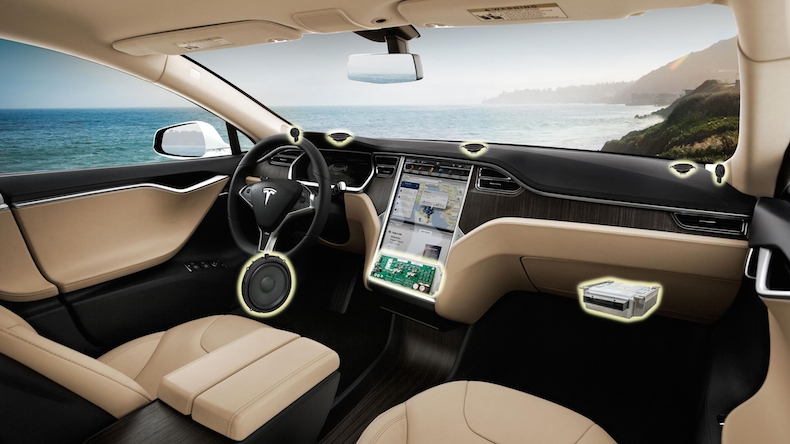
There is no Pro-Logic or other surround sound processing used in the system, the rear speakers - like those in the front - playing in stereo. It's clear Fabry and Hensgens are not big fans of 5.1 surround sound for in-car audio, preferring to make the best of the stereo signal for all the occupants.
"In a car you are never sitting in the traditional 'sweet spot' for listening, so we have to use DSP to compensate for that. The extra speakers in the dashboard help," explains Hensgens. "We adapt the sound to suit the car, and make sure all four or five occupants have a nice listening experience."
One of the big advantages of working on an all-electric car is that noise levels within the cabin are relatively low as obviously there is no internal combustion engine under the bonnet. "That's a dream for us, as you don't immediately lose bass when you start the car," says Fabry.
MORE: Audi TT B&O sound system review
The other major advantage of an all-electric car is the current provided by the battery. "As the Model S has a gigantic battery, the stability of the current we get to the audio system is excellent," says Fabry. "That really helps audio performance - we are always trying to get as much current as possible to the amplifiers. With Tesla, that comes free."
Around 80 per cent of the tuning is done using scientific measurement, and the remaining 20 per cent using human ears. s1nn also has two listening rooms in its test facility where audio engineers can be trained for critical listening of hi-fi components.
In the case of the Tesla system, music producer Rick Rubin was among those invited to evaluate and approve it. Rubin, who has produced albums for artists such as Adele, U2 and Eminem, added the finishing touches to the audio system's sound.
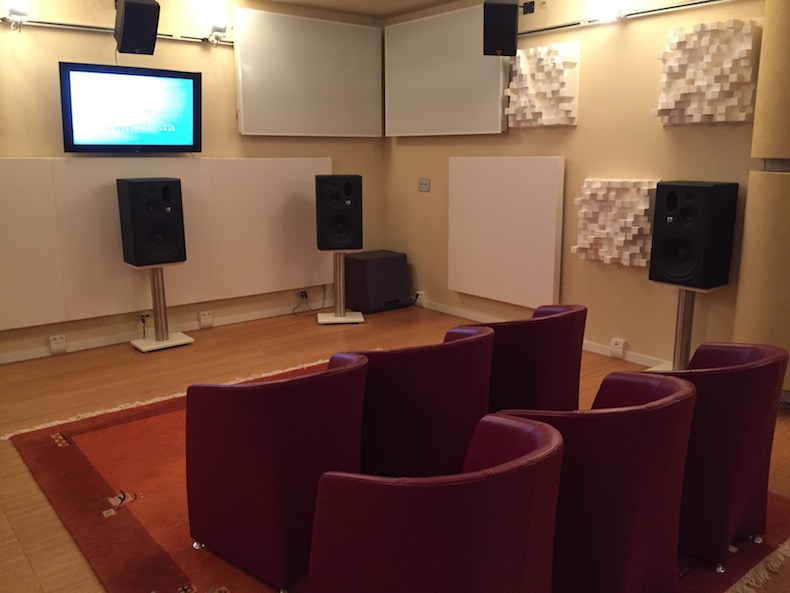
So what was the biggest challenge during the Tesla development process? "Well it was all a bit chaotic," says Fabry. "Normally we would have the car for two weeks to fine-tune the system before production, but we only had access to the Model S for two nights to tweak everything."
Nevertheless s1nn's team clearly did something right. In 2012 it was chosen from among 400 companies who worked on the car's development as a "Tesla Excellent Development Partner".
Next up is the audio system for the forthcoming Tesla Model X sports utility vehicle due out in October. The s1nn team is due to fly out to California next week to conduct the tuning tests on that system before final sign-off for production. This time Fabry hopes the process will be less chaotic than it was with the Model S. "They will definitely have a finished car for us to work on this time," he says confidently.
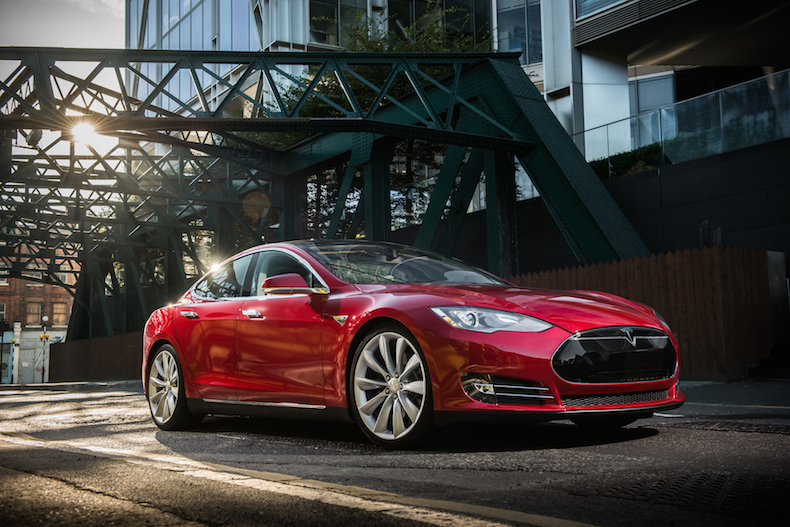
Andy is Global Brand Director of What Hi-Fi? and has been a technology journalist for 30 years. During that time he has covered everything from VHS and Betamax, MiniDisc and DCC to CDi, Laserdisc and 3D TV, and any number of other formats that have come and gone. He loves nothing better than a good old format war. Andy edited several hi-fi and home cinema magazines before relaunching whathifi.com in 2008 and helping turn it into the global success it is today. When not listening to music or watching TV, he spends far too much of his time reading about cars he can't afford to buy.

